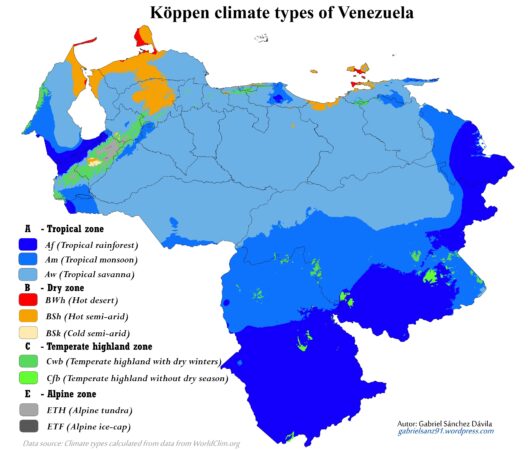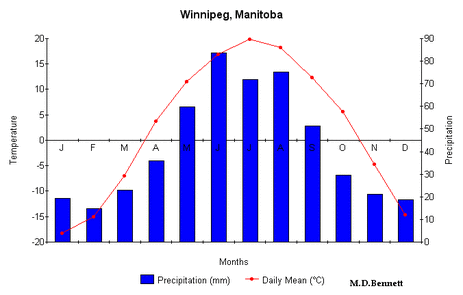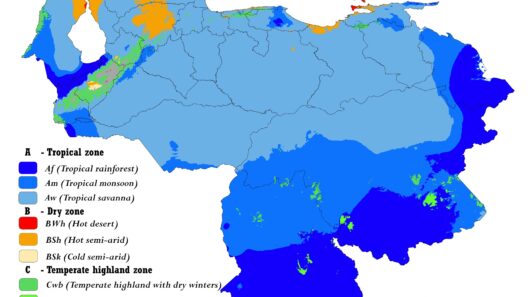Arid climates, commonly characterized by their persistent lack of moisture, represent one of the most fascinating and, at times, inhospitable environments on Earth. These regions, often colloquially known as deserts, invoke a sense of wonder and curiosity regarding their unique ecosystems and the adaptations of life forms that manage to flourish in such stark conditions. Understanding what constitutes an arid climate requires a dive into various climatic parameters, geographical contexts, and ecological implications.
The defining characteristic of an arid climate is its limited precipitation. Generally, areas classified as arid receive less than 250 millimeters (10 inches) of rainfall annually. This statistical figure is critical, as it establishes a threshold that distinguishes arid regions from semi-arid ones, which typically receive between 250 to 500 millimeters of annual precipitation. Beyond mere numbers, the climatic conditions extend beyond rainfall and include high evaporation rates, often exacerbated by prevalent temperatures. Thus, the average annual temperature in arid zones tends to be elevated, further contributing to the scarcity of moisture.
Geographically, arid climates can be found across several continents, predominantly in regions located between 20 to 30 degrees latitude both north and south of the equator. Examples of prominent arid regions include the Mojave Desert in North America, the Atacama Desert in South America, and the Sahara Desert in Africa. These expanses of dry land may vary significantly in their physical characteristics – some are covered with sand dunes, while others feature rocky plateaus or gravel plains. This diversity illustrates how geographical factors such as elevation, proximity to water bodies, and prevailing wind patterns influence the aridity of a climate.
One might wonder why life persists in these dry zones despite the harsh conditions. The answer lies in an array of extraordinary adaptations exhibited by flora and fauna. Vegetation in arid climates, often termed xerophytes, includes species such as cacti, succulents, and drought-resistant shrubs. These plants have developed various strategies to conserve water, including modified leaf structures, extensive root systems, and the ability to store water in their tissues. For instance, the Saguaro cactus can thrive in desert conditions by storing significant amounts of water to sustain itself during prolonged dry spells.
In tandem with flora, a myriad of animal species have acquired unique adaptations to survive the rigors of arid environments. Many desert animals, such as the kangaroo rat and the fennec fox, have evolved to minimize water loss and increase efficiency in hydration. The kangaroo rat, for example, can metabolically produce water from the food it consumes, while the fennec fox boasts large ears that not only dissipate heat but also enhance its acute sense of hearing. These evolutionary traits highlight a remarkable narrative of survival and resilience, presenting a captivating tableau of life in dry regions.
The socio-economic dynamics in arid regions also merit examination. Populations residing in these climates often face considerable challenges due to limited water resources and extreme temperatures. However, humanity’s ingenuity has often provided solutions. Infrastructure such as irrigation systems, aqueducts, and desalination plants play a pivotal role in transforming arid landscapes into habitable spaces suitable for agriculture and habitation. For instance, the cultivation of date palms in the Middle East highlights how traditional farming practices have adapted to the region’s arid conditions. These palms are not only culturally significant; they are also economically beneficial, providing sustenance and income to local communities.
Yet, the allure of arid climates extends beyond mere survival. The stark beauty of these landscapes often captivates imaginations and fosters unique recreational opportunities. Activities such as hiking, sandboarding, and wildlife photography draw individuals to these seemingly barren environments, revealing their inherent aesthetic appeal. Furthermore, the vibrant interplay of light and shadow across vast sand dunes or rugged mountain ranges creates picturesque scenes that beckon exploration and contemplation.
In an era where climate change poses an existential threat to many ecological and human systems, understanding arid climates becomes increasingly vital. As time progresses, shifting climate patterns may expand arid zones, pushing species and human populations toward adaptation or, in some cases, potential displacement. This reality underscores the importance of ecological conservation and sustainable resource management within and around these environments. Effective stewardship is essential not only for safeguarding the diverse life forms that inhabit arid climates but also for supporting the communities that rely on these ecosystems for their livelihoods.
In conclusion, the intrigue surrounding arid climates stems from the juxtaposition of extreme challenges and remarkable adaptations. The stark landscapes, extreme weather, and resilient life forms interweave a rich tapestry, inviting both scrutiny and admiration. As custodians of the planet, recognizing and understanding the intricacies of these dry zones enhances our appreciation of biodiversity and the myriad survival strategies that life employs in even the harshest of conditions. The narrative of arid climates is not solely about desolation; it also tells a story of evolution, ingenuity, and the profound interconnectedness of life in all its forms.







